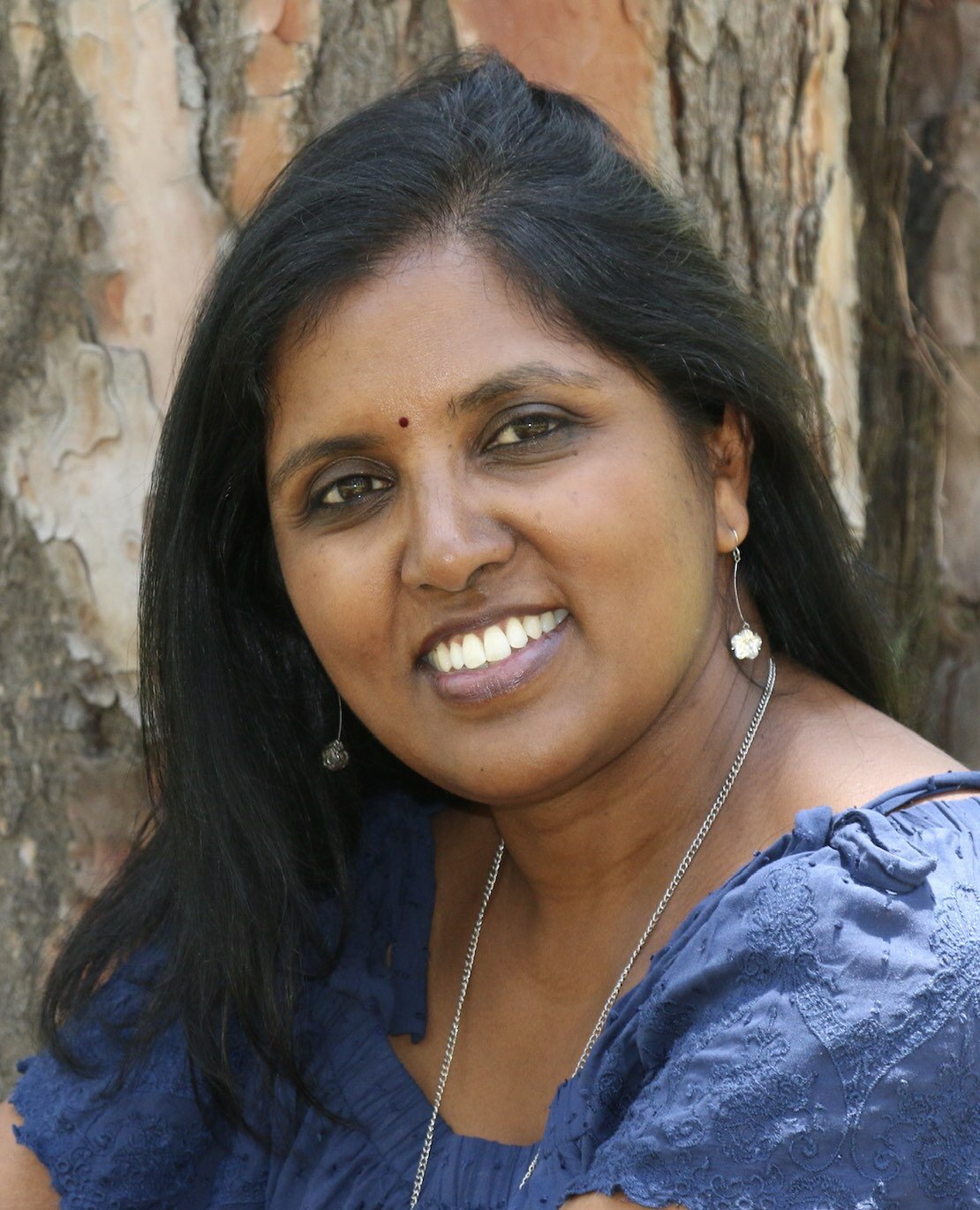by Ashika Pillay
Have you ever surfed at the seaside or perhaps watched people surf? One minute an incredible high, and then diving down into a blinding low. The ups and the downs. The high highs and low lows. Living and working in the world right now, feels that way. Riding the waves of uncertainty where we see the glimmer of hope and then plunge back into not knowing and fear. How can we manage these waves? Is it even possible?
Riding each and every wave is not sustainable. It messes with your physiology. It challenges the body and the mind at extremes, and this cannot be good for the wellbeing of ourselves and our communities. It does require practice and intentionality. So, let's explore in more detail, how you can surf with skill.
Step one: Recognize, don’t reject
Before we even get started, we need to recognize that we are indeed experiencing these waves. The signs are in our bodies, as the emotional tone of our minds are intimately connected and revealed in our bodies. We all feel this is in different ways. Perhaps you feel stress in your shoulders or neck, or anxiety could feel like a knot in the stomach. Perhaps your heart is racing, and your fists are clenched, or your jaw tight? Perhaps you have nausea or diarrhea? Each one of us metabolizes stress in different and unique ways. Instead of pushing feelings aside, notice them. They rise and fall. They appear and disappear.
Step two: Answer this question: What am I noticing about my body right now? Was there a trigger for this wave?
Different experiences can act as triggers for these waves. Can you recognize what the trigger was? Perhaps it’s a relationship, a word in a conversation, or a very prevalent trigger these days is social media. Ceaseless streams of WhatsApp messages, Facebook, Twitter, and others can set off many waves and sometimes tsunamis! Awareness of the trigger allows us to take more control of our mental wellbeing.
Step three: Reset in the moment
How can we reset in the moment and come back to present moment awareness? Most times the wave can lead us into rumination of the past or “catastrophizing” about the future. A simple practice of deep intentional breathing can help calm an activated nervous system and return to the present moment. There is so much science around how breathing can help us to reset and move from stress to calm.
Step four: Restore
Circuit breaker: When the looping mind is on repeat, constantly chewing on a particular line of thinking, we can access our bodies to help us out of the circuit. Often this requires getting out of the mind and into the body. So, choosing an activity that “distracts” the mind, and puts the “pause” button on can work very well. A short burst of exercise, a walk in nature, listening to music or dancing are some examples.
Reaching out: Giving support to people we know may need a short call. Human beings are wired to connect and to add meaning. You will be surprised at how doing something for the “greater good”, even something small could help you replenish. It often takes us from the microscopic view of our own circumstances to seeing the bigger picture and transcends us in that way, so we feel more connected to the larger reality.
Reaching for: Sometimes the waves can seem endless, and we don’t know how to see or find our way out. Asking for support and help. Calling a friend, a family member and acknowledging the difficulty of the moment can let us know that we are not alone. Most times we are not even alone in the way we are feeling. That can in itself create a shared sense of connection and security.
Jonathan Martensson said “Feelings are much like waves. We can’t stop them from coming, but we can choose which one to surf. So, taking time to pause and become still, can create choice and control in the tumultuous times of radical change.”
Dr Ashika Pillay is a medical doctor, executive coach and wellbeing and mindfulness teacher. She is a mum of three boys and wife to Thiru Pillay. She believes that the nexus of all her skills is here - to create a space for personal wellbeing, and leadership by living wholeheartedly into our lives, and finding the potential make a change in our lives and the world. She has completed an MBA, and is passionate about Functional Medicine which approaches medicine in a holistic, multi-dimensional manner. She is also a member of faculty at a coaching school, a board member at the Institute of Mindfulness of South Africa and works with corporate clients and students at present.
Her philosophy is in total wellbeing, preventative medicine and mindfulness as routes to us evolving into the best versions of ourselves - mentally, physically and spiritually.
Her passions are women’s health, neuroscience, stress management, yoga and meditation.
Contact details: pillay.ashika5@gmail.com
More articles by Ashika














